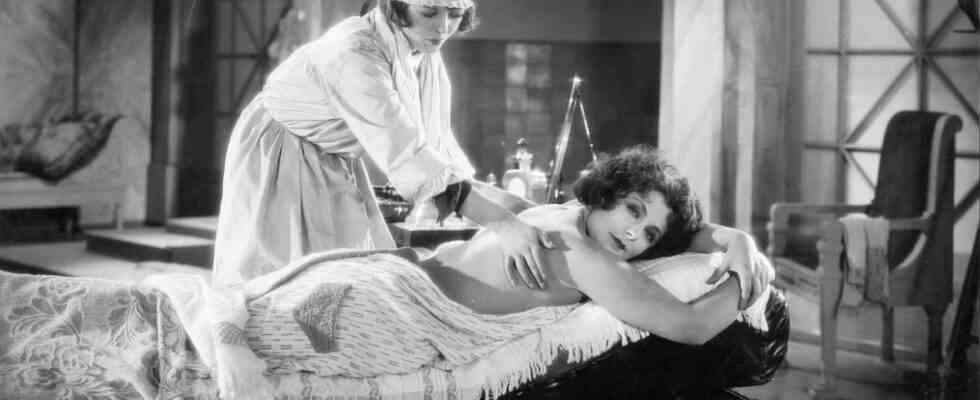According to everything we know today, the first list of the richest Germans is based on a data protection violation. The offense was committed in 1912 by the lawyer Rudolf Martin. As a former civil servant in the German Empire, Martin had access to the private tax returns of the rich – an excellent and perhaps the only source of information on the financial situation of millionaires in Prussia. Martin denied his offense anyway.
If that magazine forbes or that manager magazine publish their lists of the richest people today, then archives are combed through, registers searched, wealth managers, lawyers and bankers are questioned. Every year since 1987, Forbes has provided its list of the rich, which satisfies the curiosity of the masses. Who is the richest in the whole country? But not only the less wealthy, but also the rich themselves are interested in the rankings.
The German list pioneer Rudolf Martin wrote to the Prussian millionaires in 1912 that he would soon publish the yearbook of wealth and income – and their wealth and income would also be listed there. At first they weren’t too happy about the announcement, says Eva-Maria Gajek. She researches wealth, wealth and capitalism at the Justus Liebig University in Giessen. The dissatisfaction of the upper class was not entirely unfounded, says Gajek. Martin announced that he would also write about the biographies of millionaires. How did they get their fortune? In what family circumstances? Where do you live? “And of course something has boiled up there,” says Gajek.
“An upper-class means of communication”
With the first publication of the yearbook, the attitude of the millionaires changed abruptly. They suddenly became Martin’s best employees. Instead of getting further outraged, they began to send him corrections, to write him how big their fortune really was. “It’s also a means of communication for the rich upper class. You find yourself, you look for yourself, you see the others, you can compare yourself,” says Gajek.
The publication of the yearbook marked the birth of the lists of riches: “Rudolf Martin’s list actually started something that lasted through the entire 20th century. Namely, the question of the knowledge of wealth,” says Eva-Maria Gajek.
Incidentally, a woman was at the top of the very first list: Bertha Krupp von Bohlen und Halbach. She belonged to the family whose steelworks mainly produced weapons during the First and Second World Wars. Martin put her fortune at 187 million marks. Your income, which consisted solely of dividends from the Friedrich Krupp stock company, with another 17 million. Converted to today, Mrs. Krupp had the purchasing power of 1.03 billion euros. The dividend proceeds would be worth 93.5 million euros today.
The statistics from an economics textbook from 1930 show the unfair distribution of wealth in Germany.
(Photo: SZ Photo)
The curiosity has remained to this day: “What still plays a role in the Forbes list today and what also plays a role with Rudolf Martin is of course this: Who is it now? Who is the richest?” says Gajek . “It’s this curiosity about the wealthy, about a certain hierarchy. And of course Martin played with that too.” The last list by Rudolf Martin dates back to 1919. Nothing happened after that – until the first media, like Forbes in 1987, started trying to find out who the richest people on earth were. Incidentally, according to today’s lists, the Krupps are no longer there. At the top of the Germany list today the Aldi heirs are on three, Klaus-Michael Kühne on two and at the top the discount king of Lidl and Kaufland, Dieter Schwarz.

